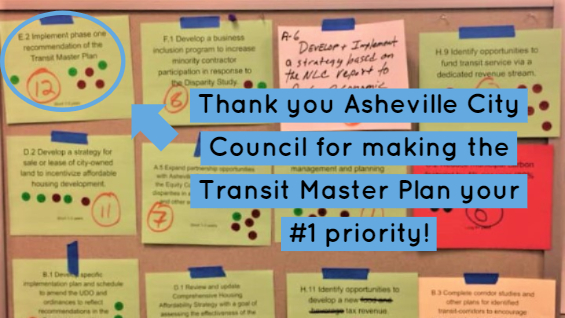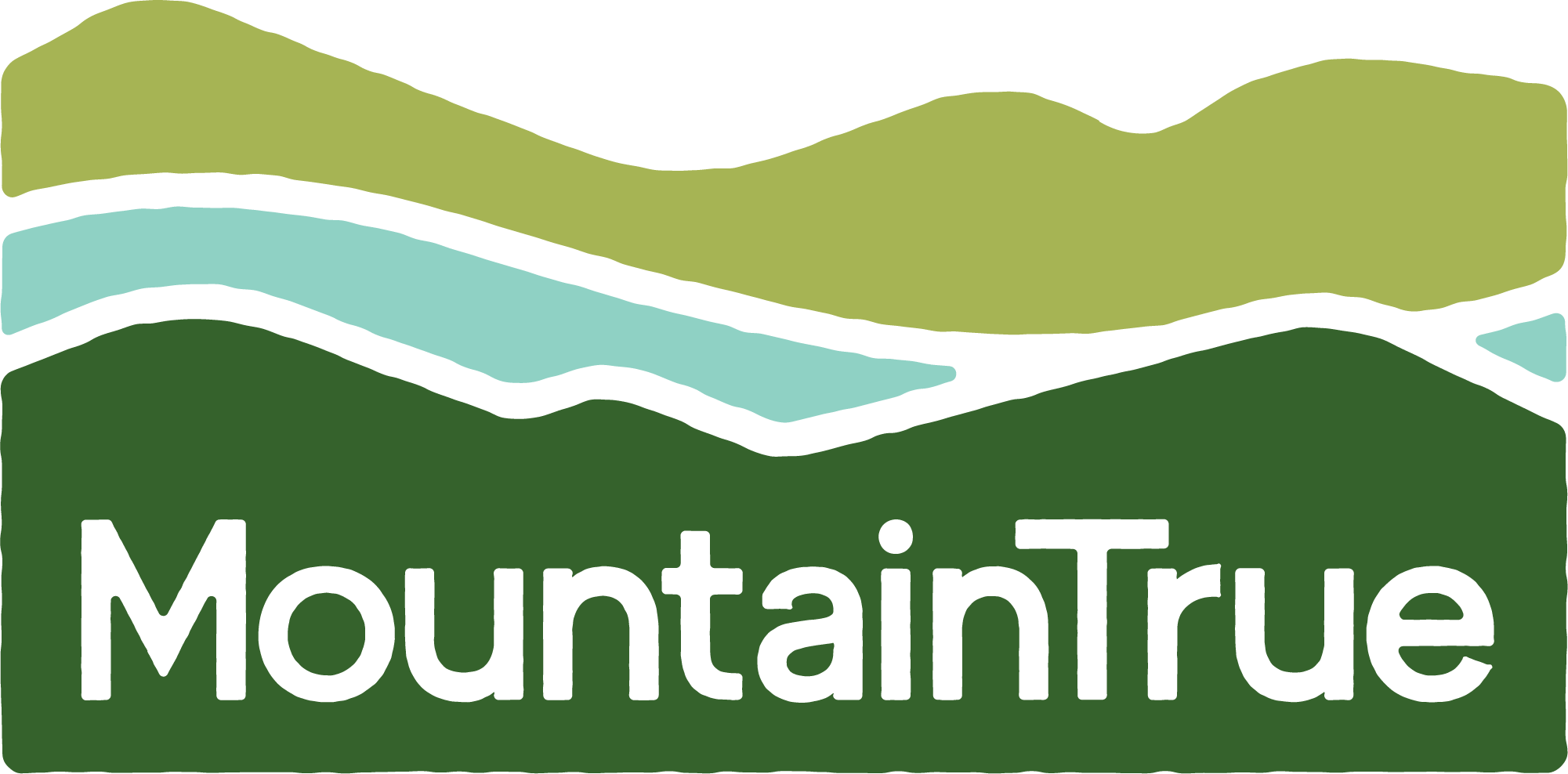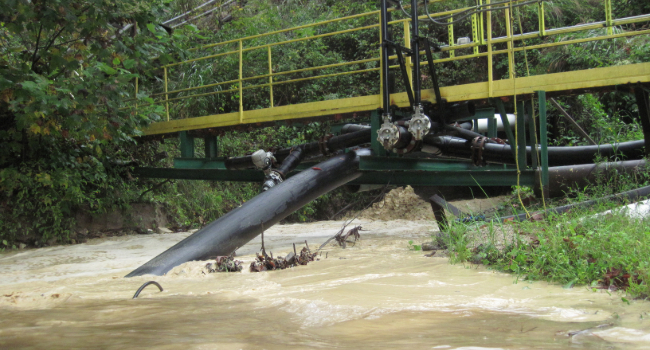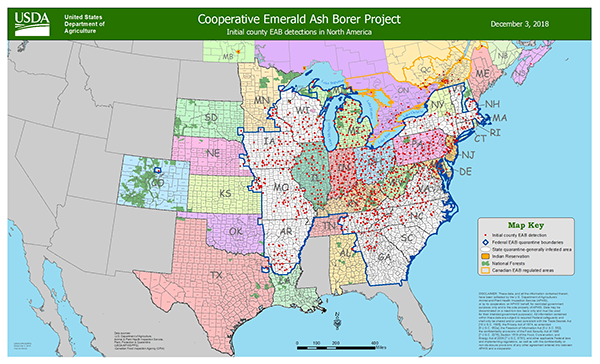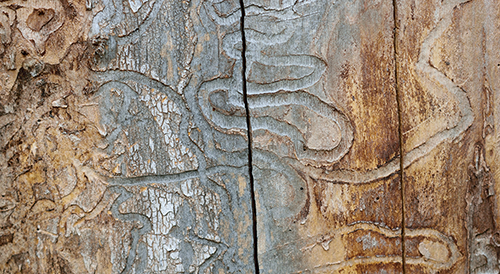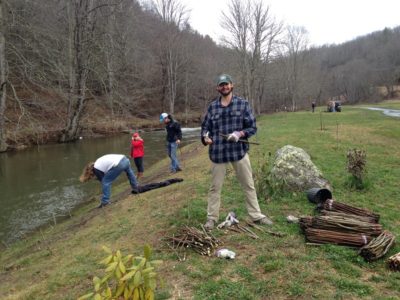Action Expired
On January 22, the NC Department of Environmental Quality (NCDEQ) will host an information session and receive public input about coal ash pond closure options for Duke’s Cliffside plant. The input they receive at this meeting and through public comments will help decide whether NCDEQ enforces a full cleanup of Duke Energy’s coal ash or allows them to leave it “capped in place” at the site.
What’s Happening With Coal Ash at Cliffside?
Duke Energy’s coal ash pits at its James E. Rogers Energy Complex – more commonly known as the Cliffside Steam Station – store millions of tons of coal ash waste in a pit that extends approximately 80 feet deep into the groundwater table in violation of federal rules. Located in Cliffside, N.C. on the border of Cleveland and Rutherford counties, this waste is seeping into the Broad River, and polluting the groundwater with toxic heavy metals like arsenic, mercury and lead.
In December 2018, Duke acknowledged another violation of federal rules intended to protect people from coal ash contamination – surpassing the federal groundwater standards for arsenic and cobalt. This is one of many legal violations at Cliffside related to coal ash storage, and Duke’s noncompliance means seepages around the impoundment are getting into wetlands and streams, and ultimately the Broad River.
What’s “Cap In Place”?
Duke Energy wants to leave its coal ash right where it is – in massive unlined pits seeping into the groundwater and the Broad River, and polluting the groundwater with toxic heavy metals. “Cap in place” simply means that the coal ash would be covered up but would remain in the groundwater table, causing permanent pollution of groundwater and migration of pollutants to surface water and the Broad River. To comply with the law and protect water quality, Duke must excavate the coal ash now.
Duke Energy is already required to remove its coal ash at eight other sites in North Carolina and all of its sites in South Carolina –Cliffside’s families and community deserve the same protections. NCDEQ needs to hear us loud and clear: We need cleanup, not cover-up!
What Can I Do?
1. Come to the North Carolina Department of Environmental Quality’s public information session on Jan. 22 in Forest City to call for cleanup, not cover-up, of Cliffside’s coal ash. Find the details for the event here.
2. Take action here to tell NCDEQ that Duke’s coal ash should be moved out of the groundwater, away from the Broad River, and into the lined landfill on their property.
